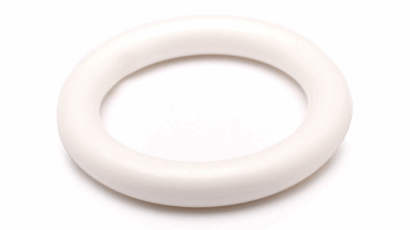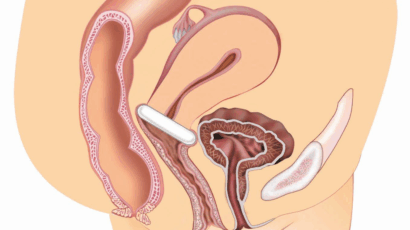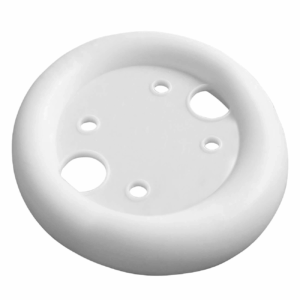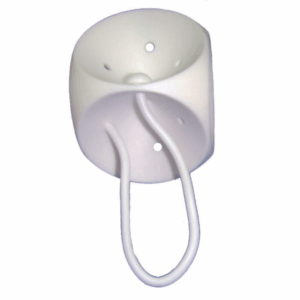Understanding Pessaries
Pelvic organ prolapse (POP) and stress urinary incontinence (SUI) are common conditions that many women experience throughout their lives, especially after childbirth, during menopause or later in life. These are common but not normal! As part of conservative management, pessaries can be used to reduce or lessen the symptoms of certain prolapses.
Let’s explore the most common types of pessaries and their uses.
- Ring Pessary
Best for: Mild to moderate pelvic organ prolapse (bladder, uterus or rectum).
The ring pessary is one of the most commonly fitted types. It looks like a soft silicone ring (similar to a large diaphragm) and sits in the vagina to provide gentle support to the vaginal walls and pelvic organs. Many women find it easy to insert and remove themselves.


- Ring Pessary with Support
Best for: Cystocele (bladder prolapse) or uterine prolapse.
This version has a thin supportive membrane across the middle of the ring. It provides extra lift and helps reduce the sensation of a “bulge.”


- Cube Pessary
Best for: Moderate to severe prolapse.
The cube pessary is designed with suction points that create a gentle hold inside the vaginal walls. It’s particularly useful when the vaginal tissues have weakened and cannot support a ring pessary. The main consideration is that it often needs to be removed daily for cleaning.


- Gellhorn Pessary
Best for: Severe uterine prolapse, rectocele, cystocele or vault prolapse (after hysterectomy).




